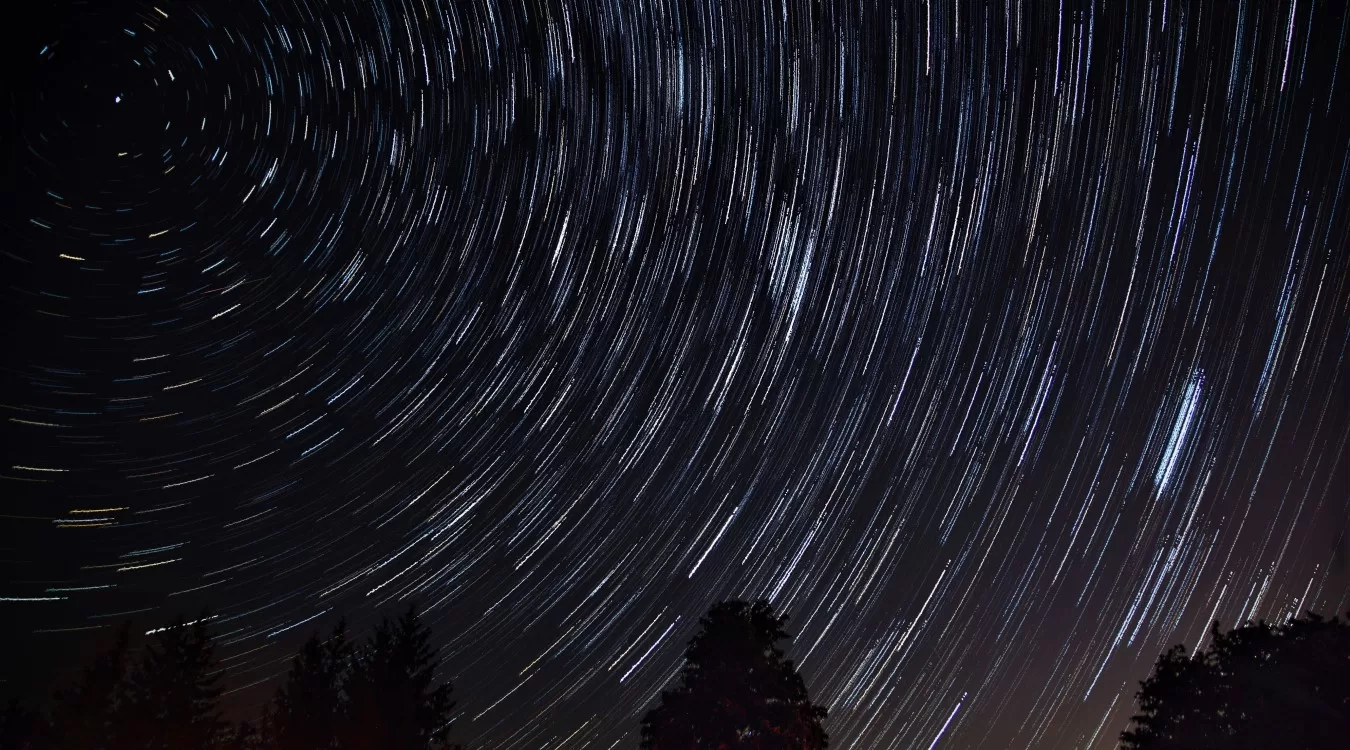Catching Fireballs in the Night: Your Guide to the Geminid Meteor Shower

Brace Yourselves, Earth! A New Meteor Shower May Light Up the Night Sky This Week
The Geminid meteor shower is a celestial spectacle not to be missed, lighting up the night sky with streaks of fire and wonder. This year, the Geminids peak on December 13th and 14th, offering a dazzling display for sky enthusiasts of all ages. Whether you’re a seasoned stargazer or a curious newcomer, here’s your guide to catching the best of this cosmic fireworks show:
Prime Time for Fireballs:
While the Geminids are active from December 4th to 17th, the peak viewing nights are December 13th and 14th. During this time, you can expect to see up to 120 meteors per hour at their zenith, with some meteors appearing as bright green fireballs. Mark your calendars for the wee hours of the morning, around 2:00 AM local time, when the constellation Gemini reaches its highest point in the sky and the meteor shower is at its most vibrant.
Escape the Light Pollution:
City lights can significantly dampen the meteor shower’s brilliance. To maximize your viewing experience, seek out a dark location away from major light sources. National parks, state forests, and even your own backyard (if sufficiently dark) can be excellent spots to witness the celestial ballet. Remember, the darker your surroundings, the more meteors your eyes will be able to detect.
Dress for the Occasion:
December nights can get chilly, especially during the pre-dawn hours. Layer up with warm clothes, hats, and gloves to ensure a comfortable stargazing experience. A blanket or sleeping bag can also come in handy for those extra-long meteor-watching sessions.
Eyes on the Prize:
Unlike some meteor showers that require focusing on a specific radiant point, the Geminids can appear anywhere in the night sky. So, ditch the star charts and binoculars, and simply lie down on your back with your feet facing south (if you’re in the Northern Hemisphere). Relax your gaze, let your eyes adjust to the darkness, and scan the entire canvas of the night. Patience is key, as it may take up to 30 minutes for your eyes to fully adapt and start spotting those celestial streaks.
Bonus Tip:
Sharing the experience with friends and family can make the meteor shower even more enjoyable. Gather a group, set up some snacks and hot drinks, and turn meteor watching into a memorable night under the stars.
Remember:
- Safety first! Avoid driving or operating machinery while meteor watching.
- Leave no trace! Respect the environment and pack out all your belongings.
- Be patient and persistent! The more you look, the more meteors you’re likely to see.
With a little preparation and a dose of cosmic curiosity, you’re all set to witness the awe-inspiring Geminid meteor shower. So, lace up your stargazing shoes, grab your loved ones, and get ready to be dazzled by the celestial fireworks display nature has in store!





